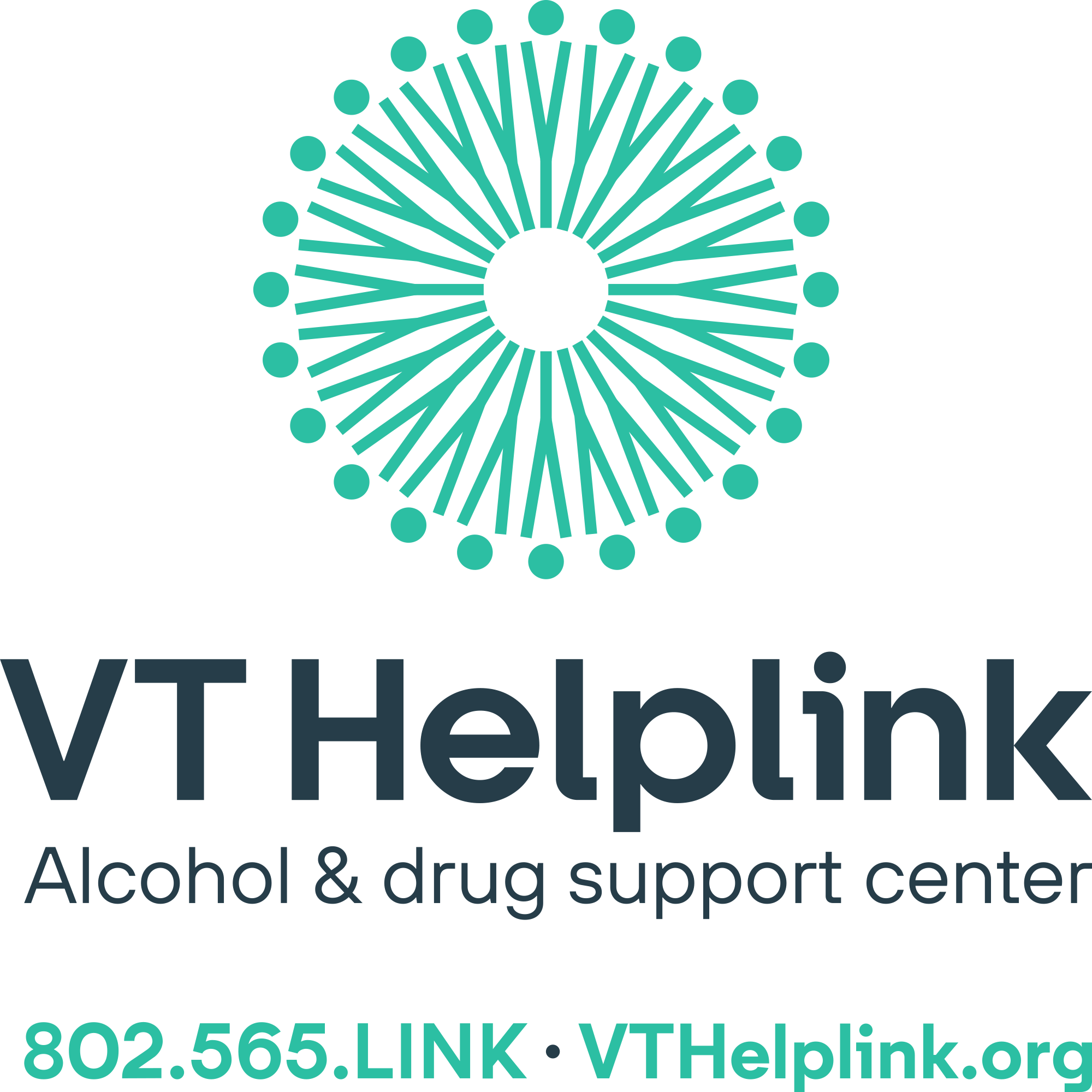Opioid Prescribing Rule
Enacted in 2017 and updated in 2024 the Rule Governing the Prescribing of Opioids for Pain provides legal requirements for the appropriate use of opioids in treating pain in order to minimize opportunities for misuse and diversion and optimize prevention of addiction and overdose.
Required Patient Handouts
Reduction and Discontinuation
Overdose Prevention

Know OD provides harm-reduction information for people who use opioids about preventing and reversing overdose. healthvermont.gov/KnowOD
Overdose Reversal Medication
Naloxone (Narcan® nasal spray) is a medication that can easily reverse an overdose when administered as quickly as possible after an overdose. Vermont Law (18 VSA ß 4240 (c)) allows health care professionals to distribute an opioid antagonist to a person who is at risk of overdose – or to a family member, friend or other person in a position to help

